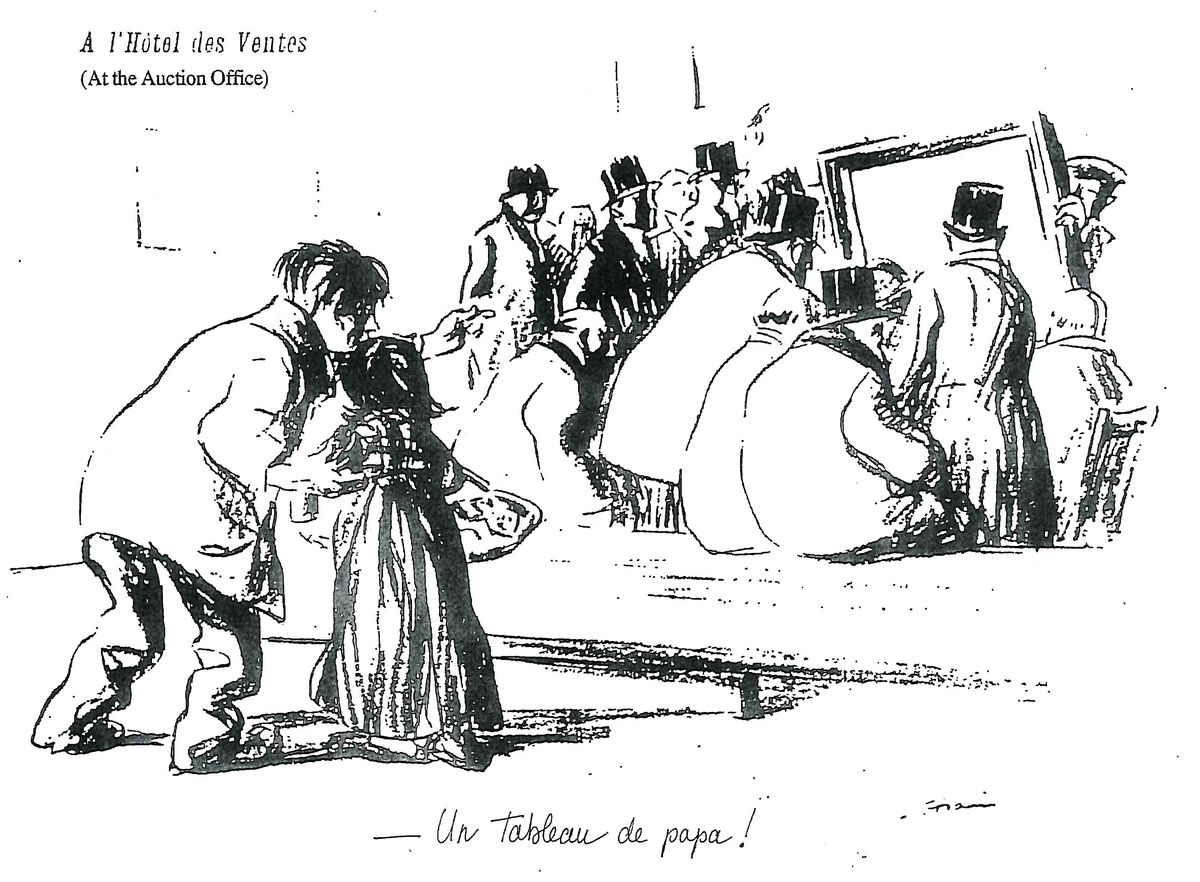Dr. Theodore Feder, President of the Artists Rights Society, received his Ph.D. from the Department of Art History and Archaeology at Columbia University, where he also taught the subject. He started Art Resource while still a graduate student, and later founded Artists Rights Society (ARS) at the behest of the then two French quasi-governmental artists rights organizations, ADAGP and SPADEM. ARS now represents more than 70,000 artists worldwide. Its repertory includes such prominent names as Pablo Picasso, Henri Matisse, Jackson Pollock, Willem de Kooning and Georgia O’Keefe, but also thousands of lesser-known artists. Ted has published extensively in art history, biblical archaeology, comparative literature, and not least on intellectual property.
Maxwell Graham received his MA in Art History, Theory and Criticism at the School of the Art Institute of Chicago. Since 2011 he has operated ESSEX STREET in New York’s Lower East Side. In 2014 he organized the exhibition The Contract in which artworks by Wade Guyton, Hans Haacke, Maria Eichhorn, Carissa Rodriguez and others were to be sold under the terms of the Siegelaub-Projansky Artist’s Reserved Rights Transfer and Sale Agreement. ESSEX STREET represents the work of Cameron Rowland, Park McArthur, Fred Lonidier, Valerie Snobeck, and others.
Hans Haacke was born in Cologne in 1936 and has lived in New York since the early 1960s, where he taught at the Cooper Union from 1967 until 2002. He has used the Siegelaub-Projansky Artist’s Reserved Rights Transfer and Sale Agreement for the sale of his work since 1971. Solo exhibitions of his work have taken place at the Tate Gallery (1984); the New Museum of Contemporary Art (1986); Centre Georges Pompidou (1989); Deichtorhallen, Hamburg and Akademie der Künste, Berlin (2006); and Museo Nacional Centro de Arte Reina Sofía, Madrid (2012). He has also been included in four Documentas and several Biennials (Tokyo, Sydney, Saõ Paulo, Venice, Johannesburg, Gwangju, Sharjah, and the Whitney Museum of American Art). He shared a Golden Lion award with Nam June Paik for the best pavilion at the 1993 Venice Biennial. Free Exchange, a conversation between Haacke and Pierre Bourdieu, was published by Éditions du Seuil / les presses du réel in 1994 and released in English by Stanford University Press in 1995. In 2000, DER BEVÖLKERUNG (To the Population), his permanent installation inside the Reichstag, was inaugurated. In 2015, Gift Horse was commissioned by the Mayor of London for the Fourth Plinth in Trafalgar Square.
Janet Hicks is the Director of Permission for Artists Rights Society. Artists Rights Society (ARS) represents the rights and permission interests of over 70,000 artists and estates including Alexander Calder, Pablo Picasso and Andy Warhol. She received her M.A. in Art History from the University of Oregon in 1997 and has been at Artists Rights Society since 1998. Justice Barbara Jaffe received her BA, cum laude, from Syracuse University, as well as her MA, upon completing a graduate fellowship to study Italian Renaissance Art in Florence, Italy. After several years in the wholesale antiques business, she attended Brooklyn Law School which awarded her a JD. Justice Jaffe then represented indigent criminal defendants on appeal at The Legal Aid Society, successively served as principal court attorney to two Supreme Court justices, was elected to the New York City Civil Court, sat in the New York City Criminal Court and in the Civil Court, and was appointed to the New York State Supreme Court. Justice Jaffe now presides in an Individual Assignment Part and is specially assigned to try asbestos cases. Justice Jaffe is a Founding Faculty member of New York County Lawyers Association’s Art Litigation and Dispute Resolution Institute, and is a member of NYCLA’s Pro Bono Committee, Supreme Court Committee, and Committee on Lesbians, Gays, Bisexuals, and Transgendered Issues. She is also a member of the Executive Committee of the New York State Bar Association’s Entertainment, Art, and Sports Law Section.
R. H. Quaytman was born in Boston in 1961, studied at Bard College and at the Institut des Hautes Études en Arts Plastiques in Paris, and received the Rome Prize Fellowship from the American Academy in 2001. In 2005, she co-founded Orchard, a cooperatively-run exhibition and event space that concluded its three-year run on the Lower East Side in 2008. Quaytman has taught at Bard College since 2006 in addition to lecturing at Princeton University, Cooper Union, Columbia University, and the Yale University School of Art. Her work was featured in the 54th Venice Biennale and the 2010 Whitney Biennial, and “Chapters” of her work have been exhibited at the Tel Aviv Museum of Art (2015), the Renaissance Society (Chicago, 2013), the Museum Abteiberg (Mönchengladbach, 2012), the Kunsthalle Basel (2011), the San Francisco Museum of Modern Art (2010), and the Institute of Contemporary Art Boston (2009). In 2013, she was included in the group exhibition and Materials and Money and Crisis, co-organized by Richard Birkett and Sam Lewitt (MUMOK, Vienna). Two monographs, Allegorical Decoys (MER, 2008) and Spine (Sternberg Press, 2011), have been published on her work.
Lauren van Haaften-Schick is a PhD student in the History of Art at Cornell University studying the intersection of art and law, and histories of artists’ labor, economic, and property rights. Her research is currently focused on artists’ contracts, and Seth Siegelaub and Robert Projansky's "The Artists' Reserved Rights Transfer and Sale Agreement.” Recent curated exhibitions include Canceled: Alternative Manifestations & Productive Failures at The Center for Book Arts, NY, and Non-Participation at The Luminary, MO. Recent publications and presentations include “Cariou v. Prince: Toward a Theory of Aesthetic-Judicial Judgments” (with Sergio Muñoz Sarmiento) in the Texas A&M Law Review, “Valuing Labor in the Arts" (with Helena Keeffe) at the Arts Research Center, UC Berkeley, and “Conceptual to Legal: The Siegelaub-Projansky Agreement” at the Law, Culture, and the Humanities conference, Georgetown University.
